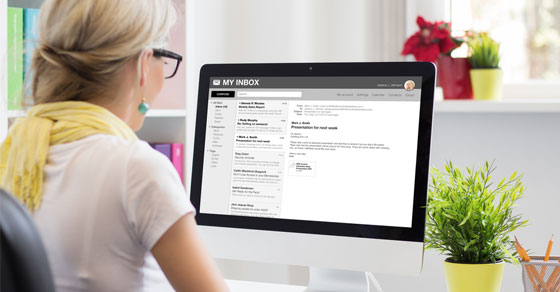
Accurate, timely financial information is key to making good decisions for executives, board members, investors and other stakeholders. But not everyone who reads your financial statements will really understand the numbers they receive and what they mean to your organization. Here are some ways to present your financial results in a reader friendly manner.
Consider your audience
The people who rely on your organization’s financial statements probably come from different walks of life and different positions. Some may have financial backgrounds, but others might not. And it’s this latter group you need to keep in mind as you supply financial data.
This is especially true for nonprofits, such as charities, religious organizations, recreational clubs and social advocacy groups. Their stakeholders may include board members, volunteers, donors, grant makers, watchdog groups and other people in the community. But it also may apply to for-profit businesses that share financial data with their boards, employees and investors who don’t have a controlling interest in the organization.
Don’t assume all your stakeholders understand accounting jargon. It may be helpful to provide definitions of certain financial reporting terms. For example, a nonprofit might explain that “board-designated net assets” refers to items set aside for a particular purpose or period by the board. Examples include safety reserves or a capital replacement fund, which have no external restriction by donors or by law. While this definition might seem obvious to a nonprofit’s management team, stakeholders might not be familiar with it. You could also provide internal stakeholders with some basic financial training by bringing in outside speakers, such as accountants, investment advisors and bankers.
Add pictures to get your message across
In addition to providing numerical information from your company’s income statement, balance sheet and statement of cash flows, consider presenting some information in a graphical format. Long lists of numbers can have a dizzying effect on financial statement readers. Pictures may be easier for laypeople to digest than numbers and text alone.
For instance, you might use a pie graph to show the composition of your company’s assets. Likewise, a line or bar graph might be an effective way to communicate revenue, expenses and profit trends over time.
Present financial ratios
Financial ratios show relationships between key items on your financial statements. While ratios don’t appear on the face of your financial statements, you can highlight them when communicating results to stakeholders. For instance, you might report the days in receivables ratios (accounts receivable divided by annual revenue times 365 days) from the current and prior reporting periods to demonstrate your efforts to improve collections. Or you might calculate gross margin (revenue minus cost of goods sold) as a percentage of revenue from the current and prior reporting periods to show how increases in raw materials and labor costs have affected your business’s profitability.
Another useful tool is the “current ratio.” A comparison of current assets to current liabilities is commonly used as a measure of short-term liquidity. A ratio of 1:1 means an organization would have just enough cash to cover current liabilities if it ceased operations and converted current assets to cash.
It may also be helpful to provide industry benchmarks to show how your company’s performance compares to others in your industry. This information is often available from industry trade publications and websites.
Be transparent about non-GAAP metrics
One area of particular concern is how your organization presents financial information that doesn’t conform to U.S. Generally Accepted Accounting Principles (GAAP), such as earnings before interest, taxes, depreciation and amortization (EBITDA). The use of non-GAAP metrics has grown in recent years. While non-GAAP metrics can provide greater insight into the information that management considers important in operating the business, take care not to mislead stakeholders by putting greater emphasis on non-GAAP metrics than the GAAP data provided in your financial statements.
For instance, EBITDA is often adjusted for such items as stock-based compensation, nonrecurring items, intangibles and other company-specific items. If you report EBITDA, you should clearly disclose how it was calculated, including any adjustments, and how it compares to earnings before tax on your GAAP income statement.
Use plain English
Regardless of your industry, stakeholders want accurate, transparent information about your organization’s financial performance. It’s up to you to supply them with information they fully understand so they can make informed decisions. Contact us for help communicating your results more effectively to give stakeholders greater confidence and clarity when reviewing your financial reports.
© 2024




